Different Types of API’s

APIs (Application Programming Interfaces) allow different software systems to communicate and exchange data with each other. They can be categorized based on their accessibility, structure, and the way they transfer data. We can categorize API’s broadly into three: Accessibility: Open API: These APIs are publicly accessible and allow for easy access and implementation by developers. They […]
How API’s Communicate
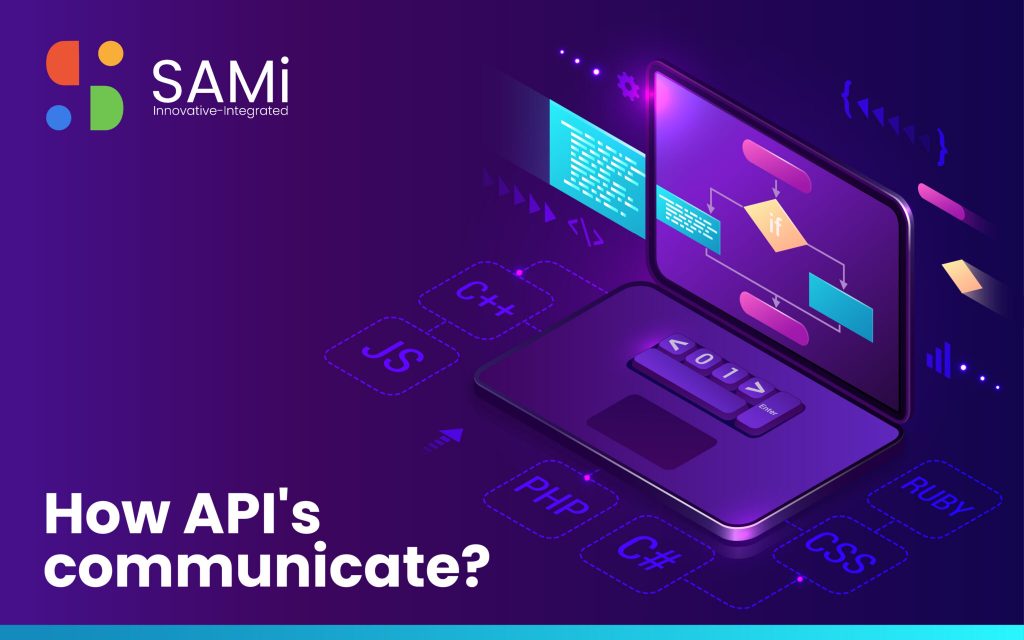
API (Application Programming Interface) communication is a process of exchanging information between different software systems. The following is a comprehensive guide to understanding how APIs communicate: Request & Response: An API request is made by a client, which can be a web-based application, mobile app, or any other software system, to the server. The client sends […]
How to Design Highly Scalable Systems With Microservices?
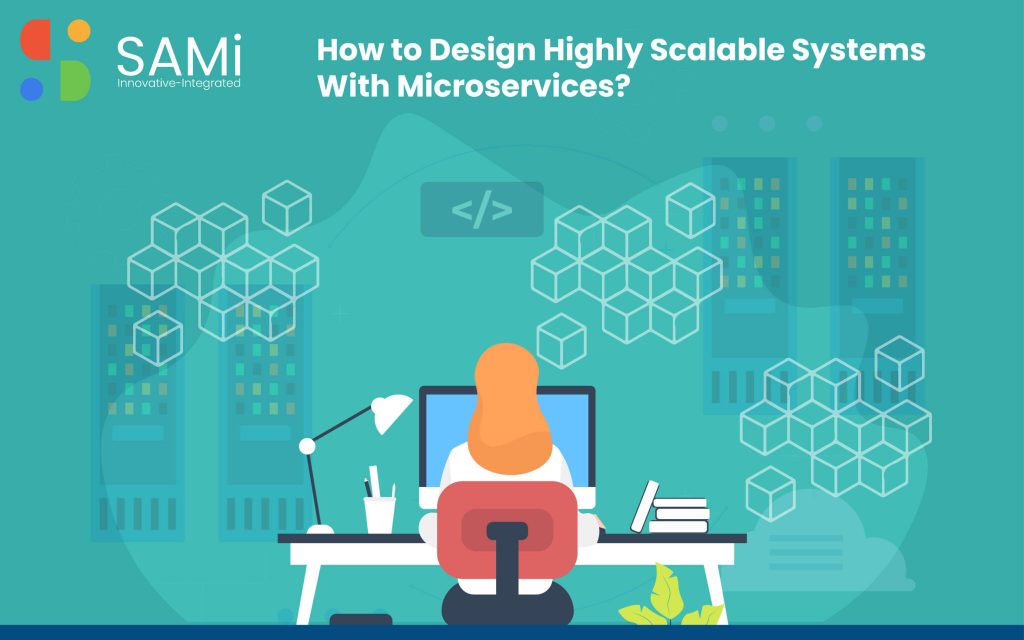
Designing highly scalable systems with microservices can be a complex task, but it is essential for building robust and efficient systems that can handle large amounts of traffic and data. In this guide, we will cover the key concepts and strategies for designing highly scalable systems with microservices. Understand the Microservices Architecture: The first step in designing a highly […]
How to Create Microservices with REST API?
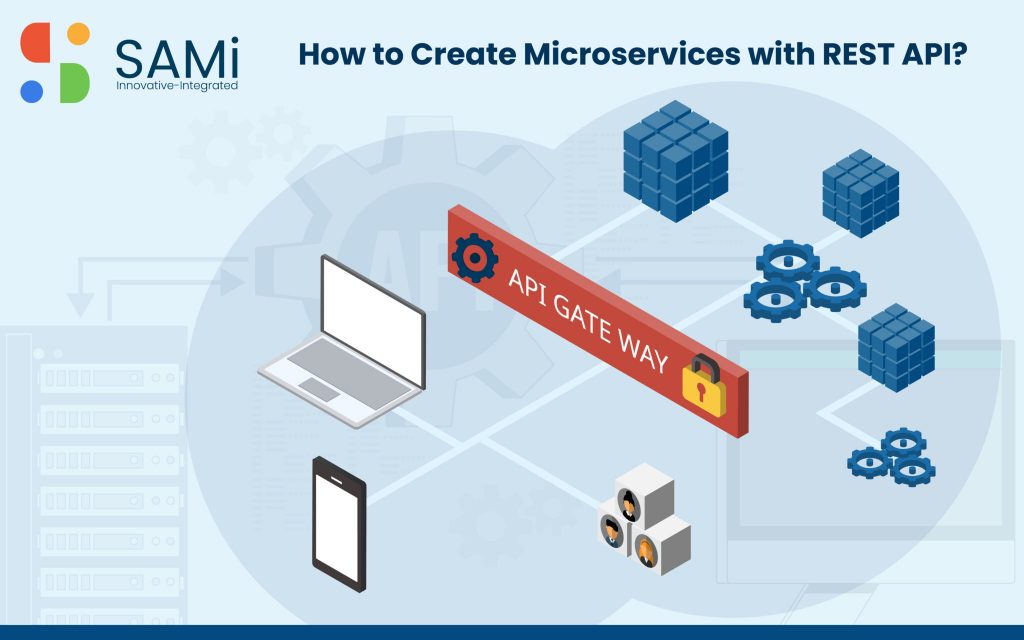
These days microservices have been used to create the RESTful APIs that help communicate and interact with different applications as an interface to build certain features and also perform CRUD operations for web and mobile platform. API that follows these constraints and can be used to create web services that can be consumed by a […]
5 Best Ways to Deploy Microservices
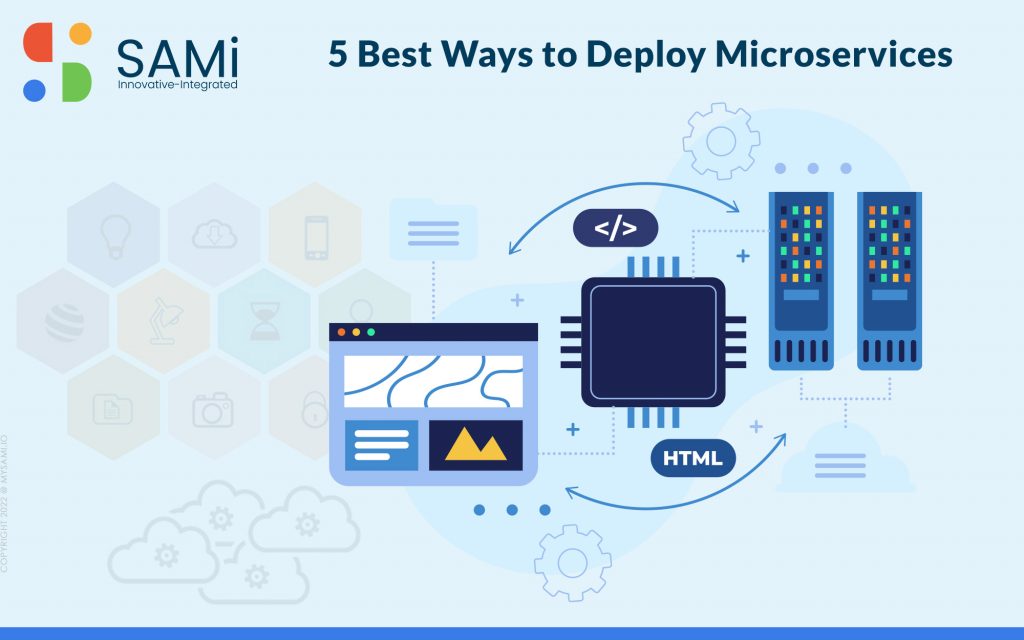
Introduction to Microservices Microservices are becoming increasingly popular and for good reason. They allow for greater scalability, flexibility, and maintainability of applications. By breaking down an application into smaller, discrete components, each microservice can be developed, deployed, and managed independently from the rest of the application. However, deploying microservices can be a complex task. With […]
Effective Ways to Achieve Legacy Application Modernization
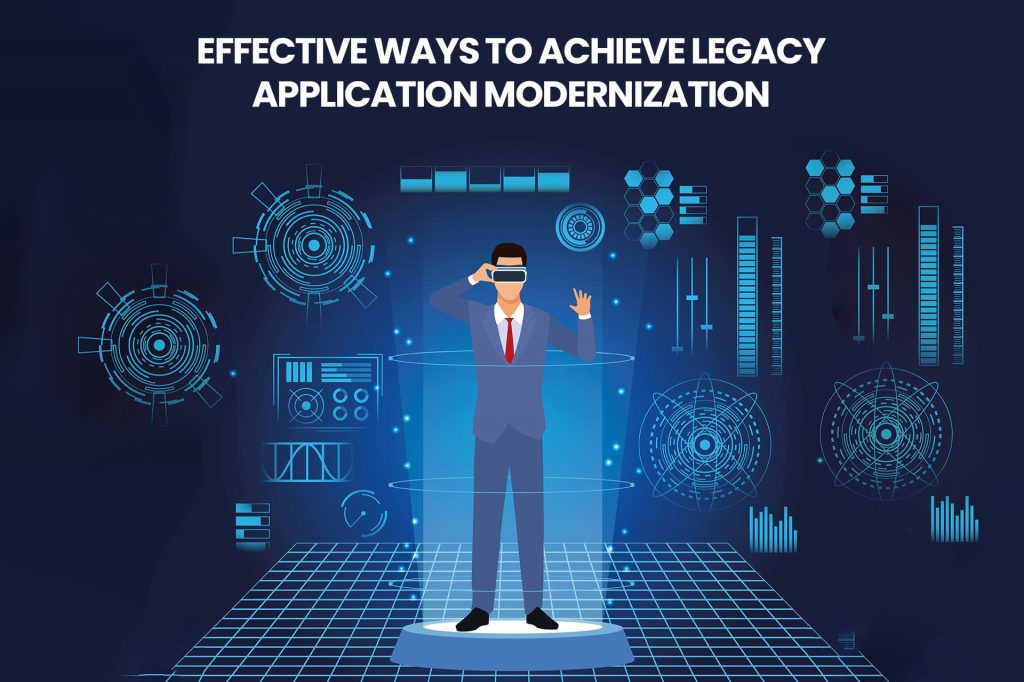
Legacy application modernization is the process of updating and modernizing older, outdated software systems to make them more efficient, secure, and compatible with current technology. Legacy application modernization is a challenge for any organization. You may have a mature software development process, or you could be a new venture with limited resources. Regardless of the […]
Multi-Cloud: What to Expect in 2023?
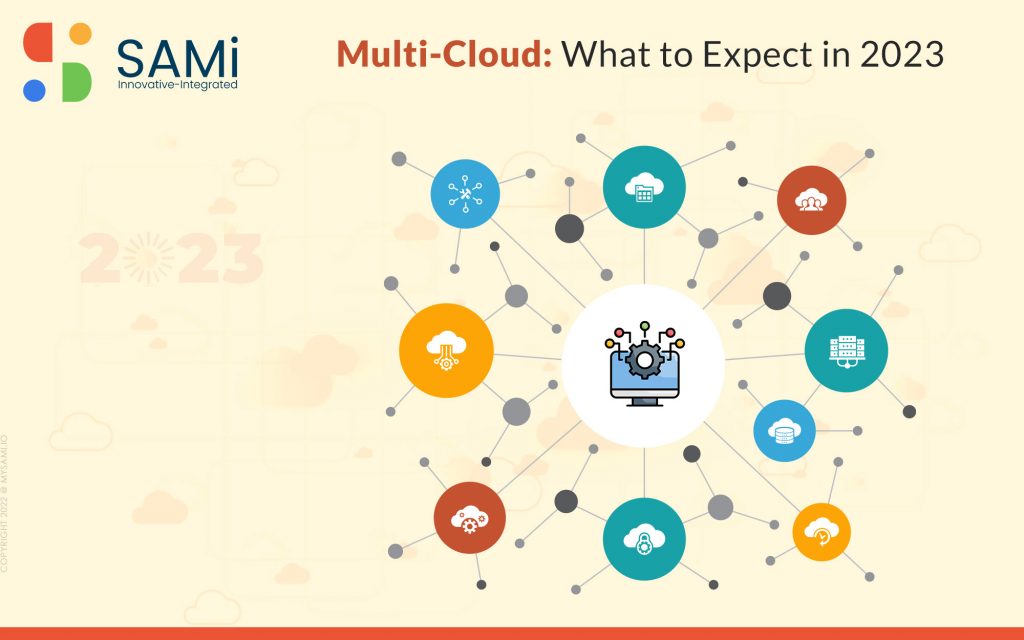
Introduction As cloud computing continues to gain traction in the business world, it’s no surprise that multi-cloud solutions are becoming increasingly popular. Multi-cloud is an umbrella term for solutions that involve multiple cloud services, such as Amazon Web Services (AWS), Google Cloud Platform (GCP), and Microsoft Azure. What is Multi-Cloud? Multi-cloud is a cloud computing […]
5 Best Practices for Application Modernization Strategies

An Introduction to Application Modernization Application management is an important part of any organization’s IT infrastructure and is essential for ensuring the smooth operation of the business. It involves the development, deployment, maintenance, and monitoring of applications. With the ever-evolving technology landscape, organizations must ensure their applications are up-to-date, secure, and running optimally. To achieve […]
Application Modernization Trends To Watch in 2023

Overview As technology continues to evolve, businesses are looking for ways to stay ahead of the competition and modernize their applications. Application modernization is the process of taking existing applications and updating them to run on the latest technology. This process can include both hardware and software upgrades, as well as changes to the underlying […]
5 Application Modernization mistakes to avoid

Here are five mistakes to avoid when modernizing applications for maximum success. 1. Relying on manual processes: While manual processes may have worked fine for legacy systems, they don’t always work as effectively for modern applications. Manual processes can be slow, inefficient, and error-prone, leading to decreased productivity and even data loss. To ensure your modernization […]